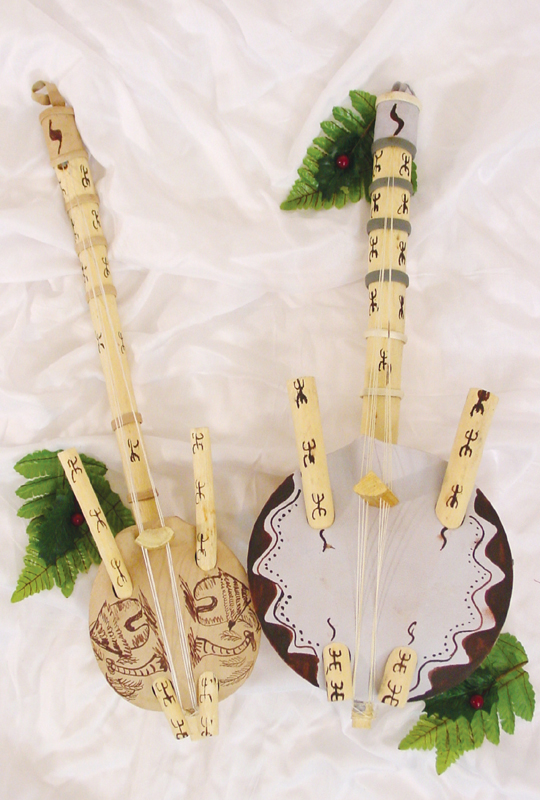Have you ever felt tired with big history books? Here's a different way to learn about the past. In African history, the Mandinka kora served as a way for historians, genealogists and storytellers to pass their stories and past onto their descendants. African kings would have a kora player to not only entertain them, but to pass down their history to the next generation. Kora players were not only musicians but oral historians, and their place was highly valued in griot families. The kora is popular in Guinea, Guinea Bissau, Mali, Senegal, and the Gambia. The kora has a sound similar to that of a lute or a guitar, even like a harp at times. Its intricate playing style can be very close to that of a flamenco guitar. The kora's body is made from a calabash gourd cut in half and partially covered with cow or goat skin. The strings are made from fishing line which provides a brilliant tone and is easily obtained at the local market. The player tunes the kora by moving the leather rings to achieve the correct tension on each string. Kora players use a variety of tunings.

You can find two different varieties of koras on the Africa Imports web site.
 USD
USD  GBP
GBP  CAD
CAD  AUD
AUD 